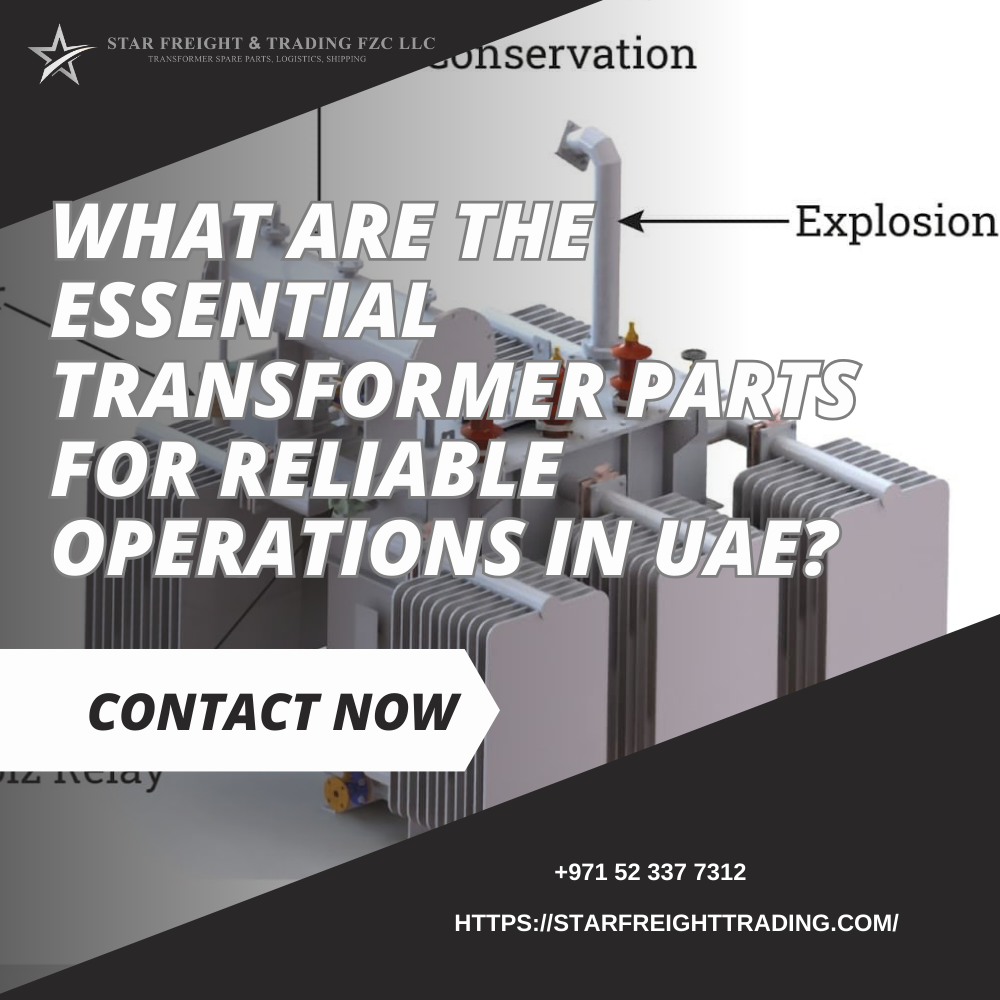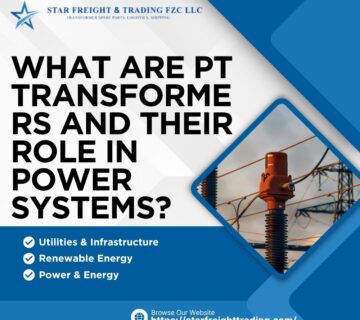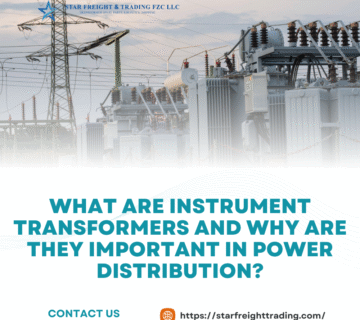Transformers play a very important role in keeping the power supply steady across homes, offices, factories, and industries in the UAE. With high demand for electricity due to rapid urban growth, extreme weather conditions, and the rise of smart infrastructure, having reliable transformers is a must. But what makes a transformer run smoothly and last longer? The answer lies in its essential parts.
Let’s break down the key transformer components that ensure safe and efficient operations in the UAE:
1. Core
The core is the heart of the transformer. It functions to carry the magnetic flux and is often constructed from laminated steel sheets. A good quality core reduces energy losses, which is important in a country like the UAE where efficiency and cost-saving are crucial.
2. Windings
Windings are copper or aluminum coils wrapped around the core. They carry the current and are responsible for stepping the voltage up or down. Reliable winding material helps prevent overheating and ensures smooth power flow.
3. Insulation
Transformers handle high voltages, so insulation is critical. Materials like paper, pressboard, or modern polymers protect the windings and other parts from short circuits. In the UAE’s hot climate, using heat-resistant insulation is especially important.
4. Transformer Oil
Also called insulating oil, this part cools the transformer and improves insulation. To prevent malfunctions, the oil needs to stay dry and clean. Regular oil testing is a common practice in UAE industries to ensure reliability.
5. Bushings
Bushings allow electrical conductors to pass safely through the transformer tank without causing leakage or short circuits. They are designed to withstand high voltage and extreme outdoor conditions.
6. Cooling System
Since transformers generate a lot of heat, cooling is essential. Radiators, fans, or oil pumps help regulate the temperature. In the UAE, where the climate is hot, a reliable cooling system is one of the most important parts.
7. Conservator Tank
This is a small tank connected to the main transformer tank that holds extra transformer oil. It allows the oil to expand and contract with temperature changes, keeping the transformer safe from pressure build-up.
8. Breather
The breather, often filled with silica gel, removes moisture from the air entering the conservator tank. This keeps the oil dry and prevents transformer breakdowns.
9. Tap Changer
Tap-changers Adapt the transformer’s main voltage for any modifications in the load. This is vital in the UAE’s growing cities where electricity demand can change rapidly throughout the day.
10. Protection Devices
Transformers are fitted with safety devices such as pressure relief valves, Buchholz relays, and temperature gauges. These protect against overheating, oil leakage, and unexpected failures.
What Are the Three Primary Parts Of The Transformer?
A transformer mainly has three important parts: the core, the primary winding, and the secondary winding. The core is usually made of iron and works like the backbone of the transformer, helping to carry the magnetic field. The primary winding is the coil that receives electricity from the power source, and it creates a magnetic field in the core. Another coil attached to the core is called the secondary winding, and it distributes the converted voltage to the system or device that is connected. These three parts work together to change electricity from one voltage level to another safely and efficiently.
What Are the Main Part Of A Transformer?
A transformer is mainly made up of three important parts: the core, the primary winding, and the secondary winding. The core is usually made of iron and works like a path for the magnetic field, helping the transformer transfer energy efficiently. The coil of wire that receives electricity from the power source is known as the primary winding, and the coil that transmits the converted electricity to the system or device is known as the secondary winding. In simple words, the primary winding takes in electricity, the core guides the energy through magnetism, and the secondary winding sends out the changed voltage to be used.
Conclusion
Reliable transformer operation in the UAE depends on the health of these essential parts. With proper maintenance like regular oil testing, inspection of insulation, and cooling system checks transformers can handle the region’s tough climate and growing energy needs. Contact Star Freight Trading
In short, each component, whether big or small, plays a role in ensuring uninterrupted power supply and smooth operations.
Frequently Ask Questions
1. What are the main parts of a transformer?
The main parts include the core, windings, bushings, tap changers, conservator tank, cooling system, and accessories like wheels and marshalling boxes.
2. Why are transformer windings important?
Windings transfer electrical energy between circuits. Their design and material (copper or aluminum) affect efficiency, heat resistance, and lifespan.
3. What is the role of transformer wheels?
Transformer wheels make it easier to move heavy transformers during installation or relocation, often paired with stoppers for safe positioning.
4. What are bushings in a transformer?
Bushings allow safe passage of electrical conductors through grounded parts of the transformer, providing insulation and mechanical support.
5. How often should transformer parts be inspected?
Critical parts like bushings, cooling systems, and insulation should be checked at least once a year to ensure safety and performance in UAE conditions.
6. How does Star Freight Trading support transformer part supply in the UAE?
They provide logistics, customs clearance, and on-time delivery of transformer parts, ensuring utilities and contractors get reliable components quickly.





No comment